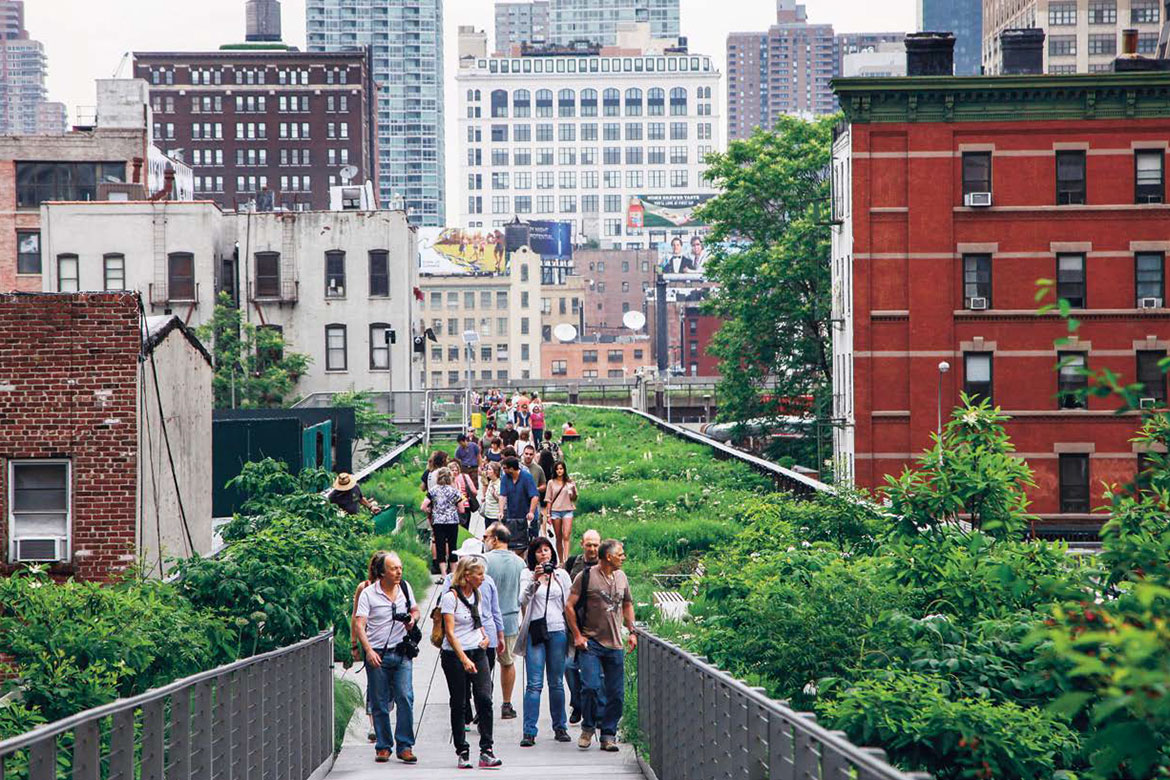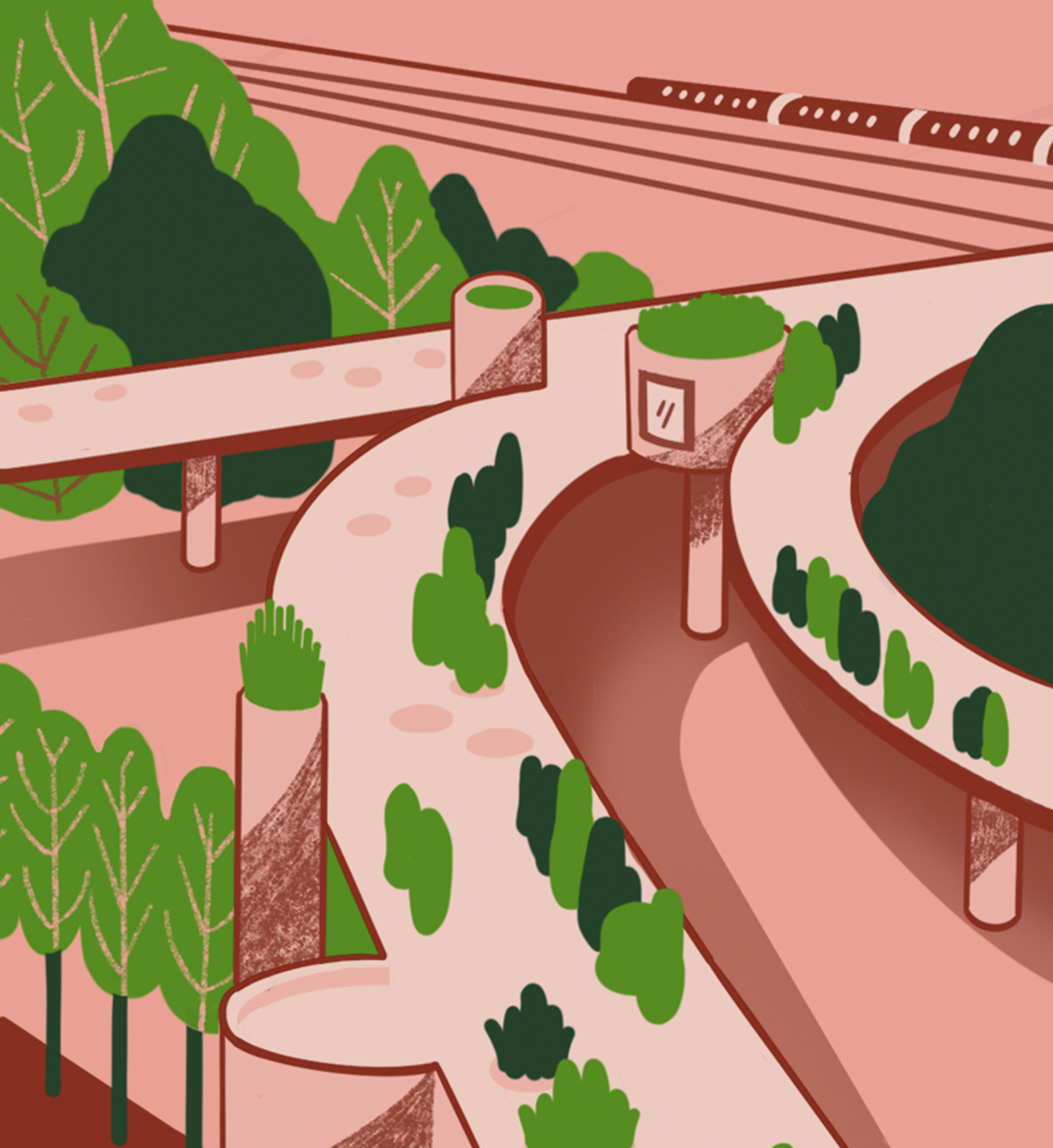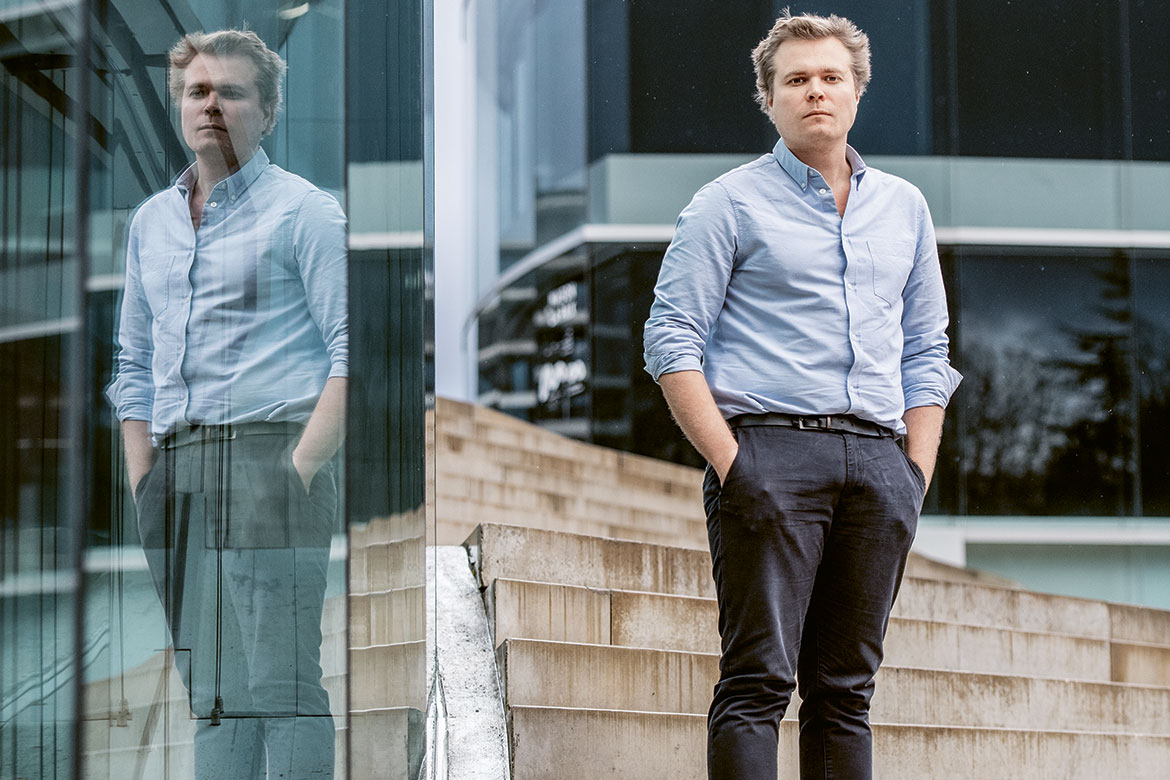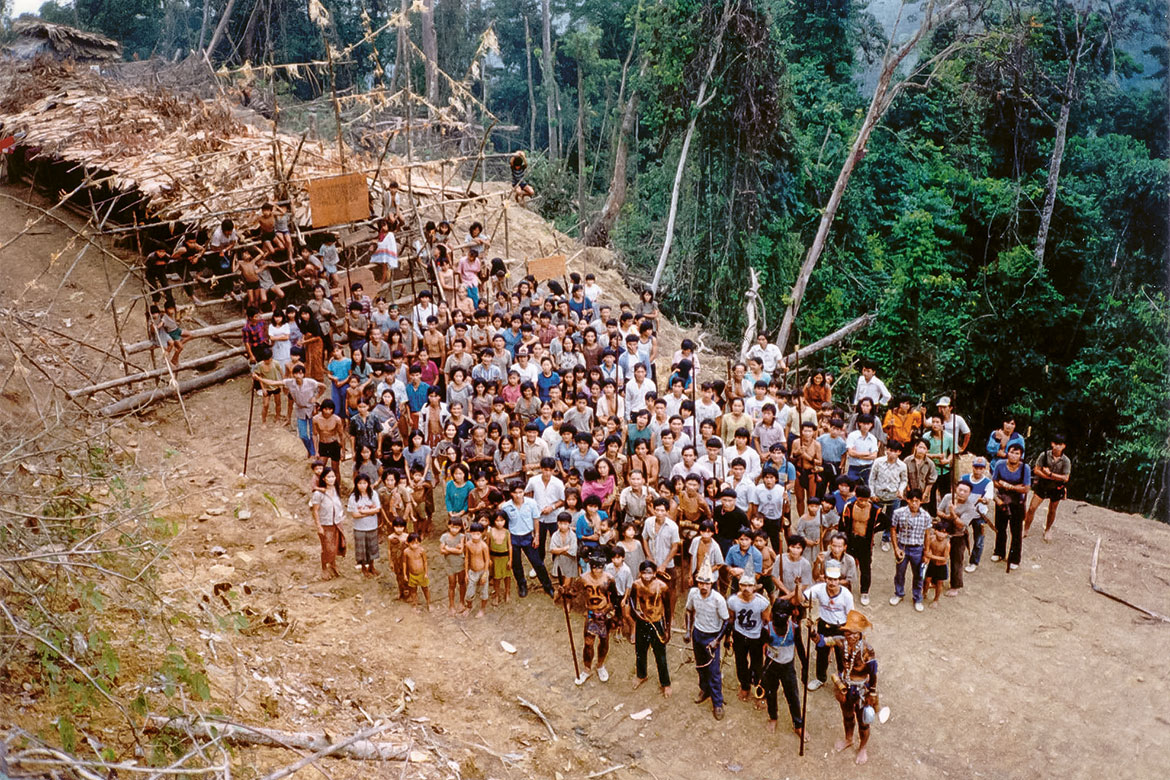Nature paradise
The ecologist Christoph Küffer is arguing for a rethink in the field of nature conservation. In order to protect biodiversity, humans should stop trying to preserve our last spots of untouched nature, and instead intervene more.

The High Line of New York is a prototype in nature design. On an abandoned railway line, diversity is created by artificial means. | Image: Keystone/AP Photo/Mark Lennihan, File
It’s a sobering fact for nature conservationists: Of the roughly 45,000 known species of flora and fauna in Switzerland, about a third are threatened, while hundreds have already died out in recent years or are under pressure. Despite all our efforts up to now, biodiversity is vanishing almost unimpeded.
In view of this development, Christoph Küffer is campaigning for a rethink in the field of conservation. He’s an urban ecologist who teaches at the University of Applied Sciences Rapperswil and at ETH Zurich. “The countryside areas that are worthy of conservation are too fragmented here for them to be able to retain their biodiversity”, he says. Furthermore, human beings are changing all habitats irreversibly on account of CO2 and nitrogen emissions. The idea of conservation is no longer sufficient in the Anthropocene era, says Küffer. His proposal is ‘nature design’. “In order to maintain biodiversity, we have no choice other than to invent and design a new nature for the future”.
Designer nature
Küffer’s idea would be a radical departure from existing practices such as have been implemented in the Swiss National Park in the canton of Graubünden. On its 17,000 hectares, animals and plants are left as undisturbed as possible, and human interventions are taboo. Instead of leaving authentic wildernesses to themselves, Küffer believes that humans should actively maintain and create diverse nature areas. He is even willing to contemplate intervening in conservation areas themselves. For example, he could well contemplate creating low-nutrient meadows on the outskirts of the Neeracherried in Riedt near Zurich – one of the last remaining large fens in Switzerland. The goal would be to create an unnaturally high degree of biodiversity. Even the many small nature reserves in the Swiss midlands could be organised more intensively – in other words, with a greater biodiversity.
Nature design would also mean that roof gardens, green façades and parks in urban areas could offer new habitats for species under threat. For Küffer as a maverick thinker, the famous High Line in New York is an exemplary case where his ideas are already being realised – it is a specially designed natural landscape on an abandoned railway line in the midst of the metropolis. “Nature conservation as design means that any and every place has the potential of becoming a nature paradise”. According to Küffer, the biodiversity of the future would be a mixture of wild species, cultivated plants and ornamental plants, right in the middle of our human environment.
Rare species will die out anyway
For Küffer, ‘designing’ biodiversity also means shifting nature conservation away from specialists and from the notion of ‘managing’ it. Instead, it should be the responsibility of gardeners, farmers and even nature enthusiasts – the selfsame people who have always been involved in ‘creating’ nature anyway. This would make nature conservation more varied and less planned. As a consequence, nature design would probably mean that some endangered species would die out, since their dwindling habitats would only be replaced in part. But this is also the case with current conservation policies, insists Küffer. He is convinced that his approach will ultimately be more efficient. Through designed landscapes, many moderately threatened species could be protected, whereas human influence means that even a lot of money could not ensure the long-term survival of highly rare species.
Küffer’s ideas are disputed in specialist circles. Markus Fischer is a plant ecologist at the University of Bern and President of the Swiss Biodiversity Forum. He shares Küffer’s view that a conservation policy cannot be viable today if it is based on traditional values that were valid 100 years ago. But he believes that the problems lie elsewhere: in a lack of money and in a lack of political will to implement nature conservation goals: “For effective protection and to promote biodiversity, it would have to be prioritised on roughly 30 percent of our surface area”. This could be carried out partly in conservation areas (which thus far encompass only 10 percent of Switzerland), and partly in agricultural areas that are biodiversity-friendly, says Fischer.
More money and better appreciated
Raffael Ayé, the head of the species support programme at BirdLife Switzerland, points out that traditional conservation too is pursuing pioneering concepts. “Since the 1980s we have been using integrated methods to try and protect and utilise areas at one and the same time”, says Ayé. We must never lose sight of nature conservation and preservation goals. “We have to keep investing in the protection of our most valuable areas such as dry grasslands and the National Park”. Just like Fischer, Ayé too is advocating for more support from politicians – in other words, for more money, for a greater degree of appreciation and for better care for endangered habitats.
Küffer is aware that many of his colleagues see his suggestions as a provocation. But he does not want to play off different ideas against each other. The current formulae for nature conservation – protected areas and supporting individual species – undoubtedly have their own justification, he says. But he is convinced that “if we are going to maintain biodiversity in a time of climate change, intensive farming and funding scarcity, we are going to need to rethink things and develop new approaches”.
Stefan Stöcklin is an editor in the Communication Department of the University of Zurich.




